Optimal Timing for Shower Installations
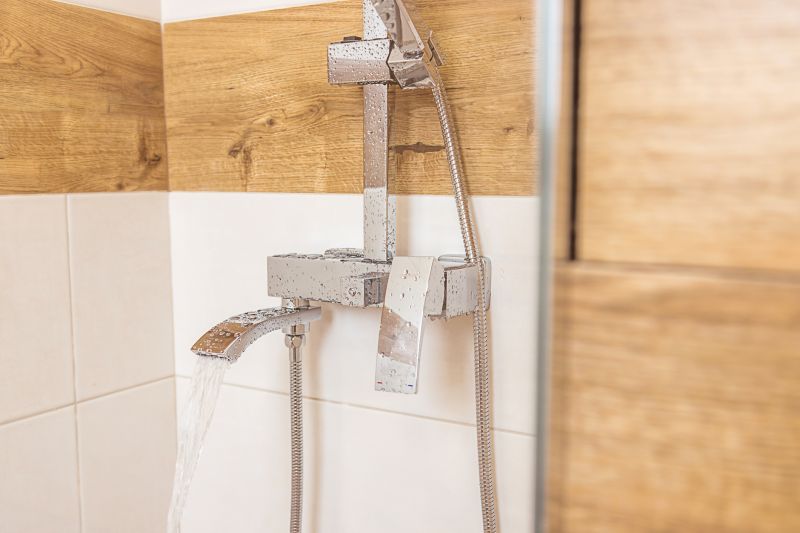
Scheduling during the planning phase ensures proper measurement and selection of fixtures.
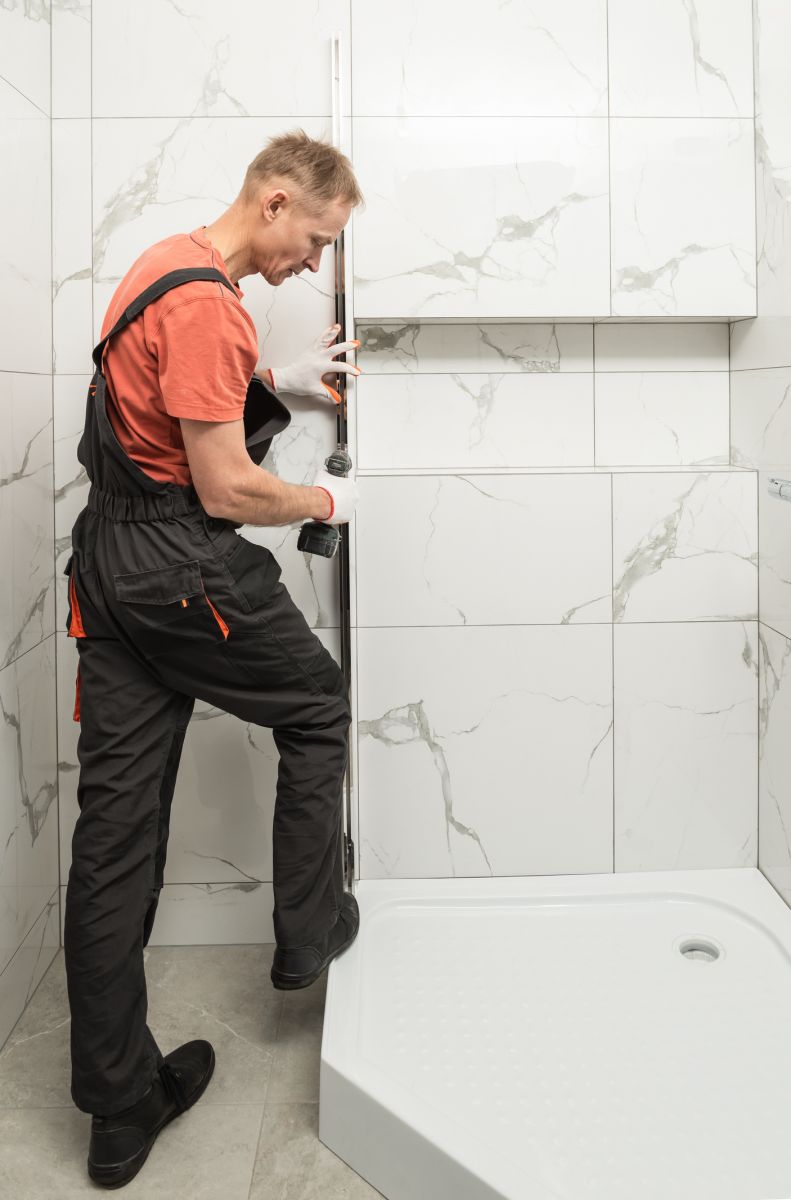
Late fall and winter months may offer less demand and more flexible scheduling.
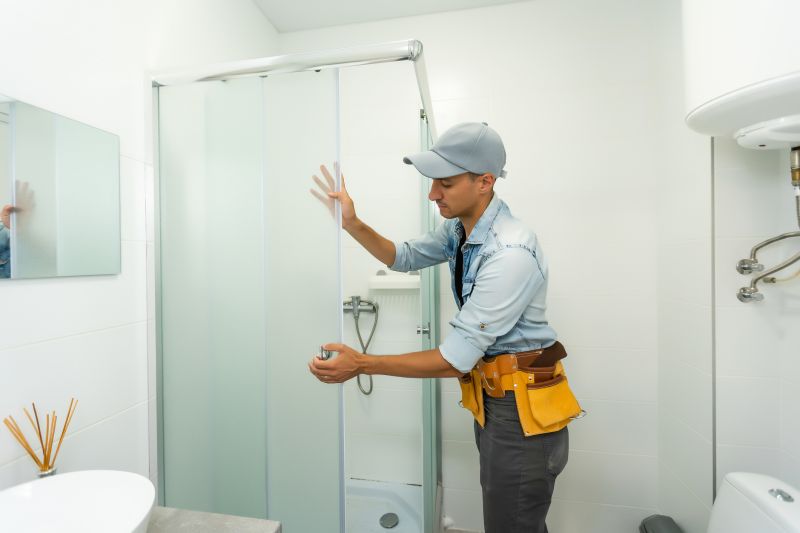
Warmer months often provide better conditions for construction and drying times.
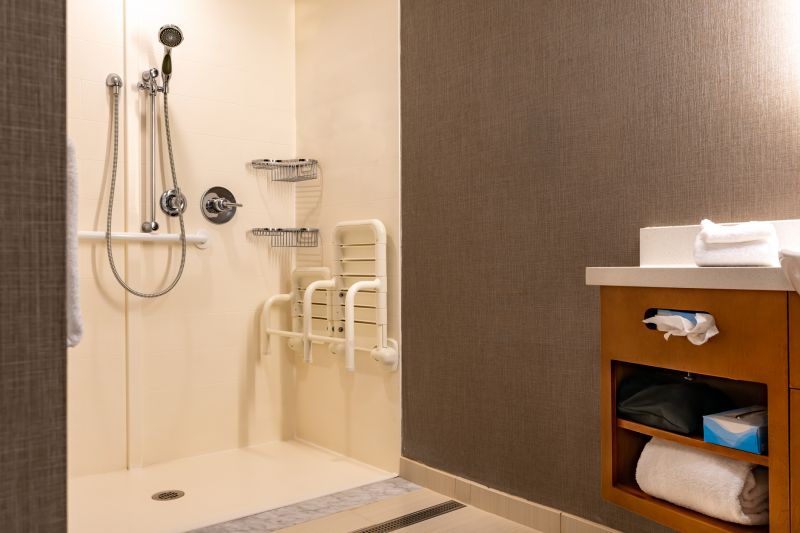
Ways to make Shower Installations work in tight or awkward layouts.
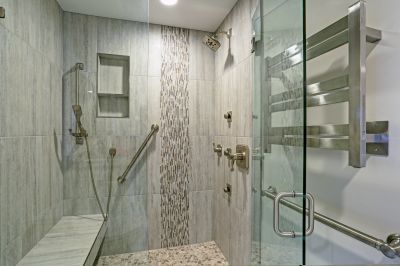
Popular materials for Shower Installations and why they hold up over time.
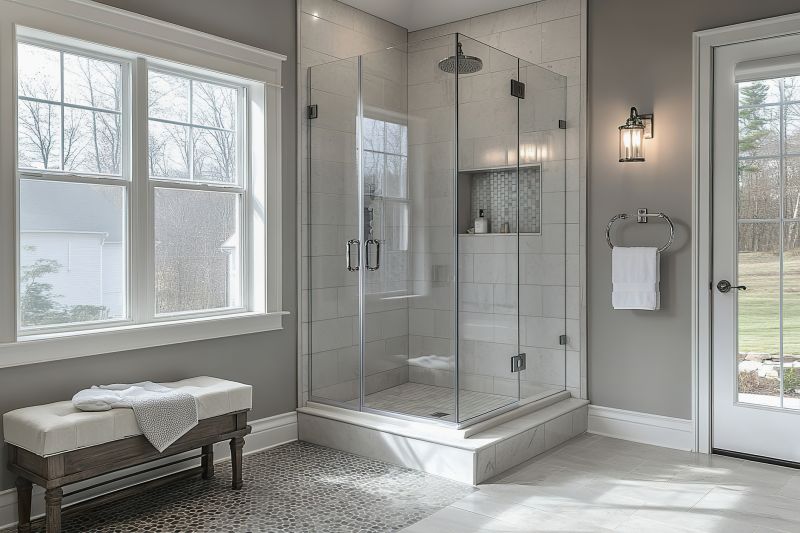
Simple add-ons that improve Shower Installations without blowing the budget.
Shower installations are a common home improvement project that can enhance functionality and aesthetic appeal. Proper timing can influence project efficiency, cost, and quality. Understanding optimal periods for installation helps homeowners coordinate with contractors and ensure a smooth process.
Statistics indicate that scheduling during less busy seasons can reduce costs and wait times. For example, late fall and winter often see lower demand for home renovation services, which may lead to more availability and potential discounts. Additionally, installing showers during these periods can minimize disruption to daily routines and allow for better project oversight.
Weather conditions, contractor availability, and material delivery schedules are key considerations.
Scheduling during off-peak times can lead to cost savings and more flexible appointment times.
Early planning and consultation ensure timely execution when the right season arrives.
Extreme cold or humidity can affect materials and curing times, making moderate seasons preferable.








